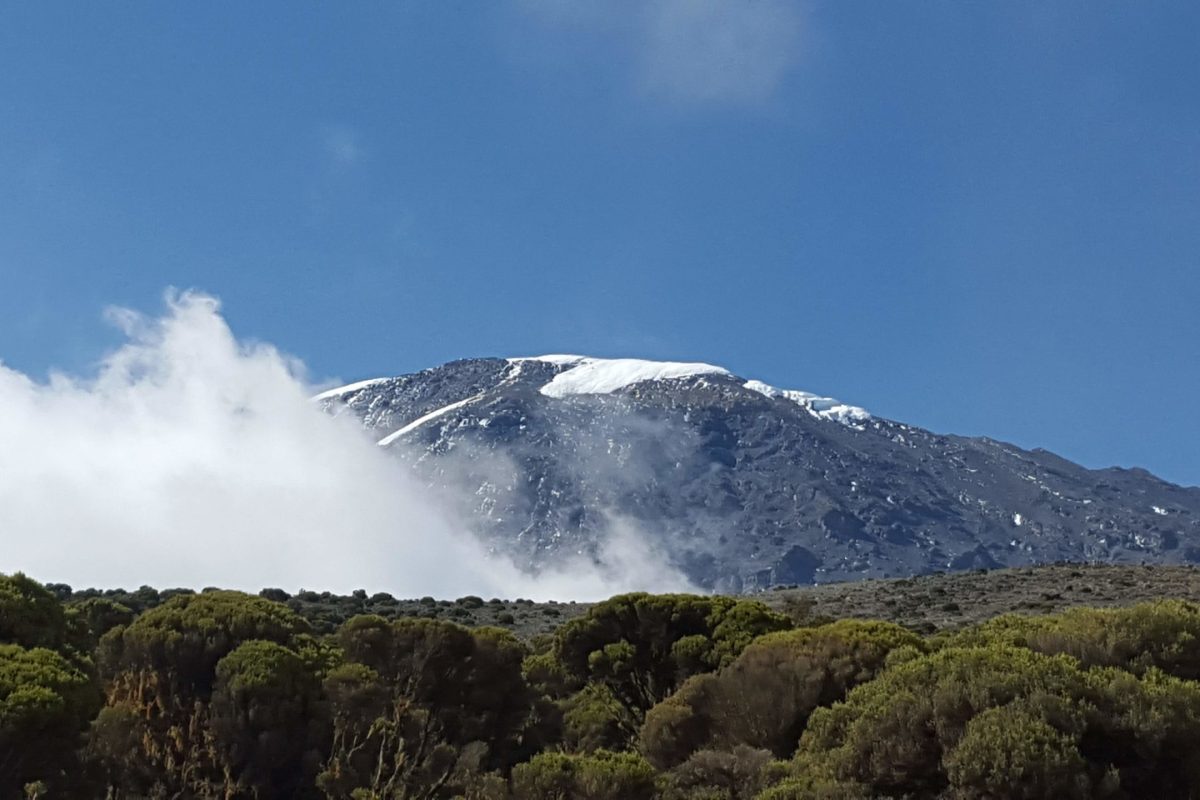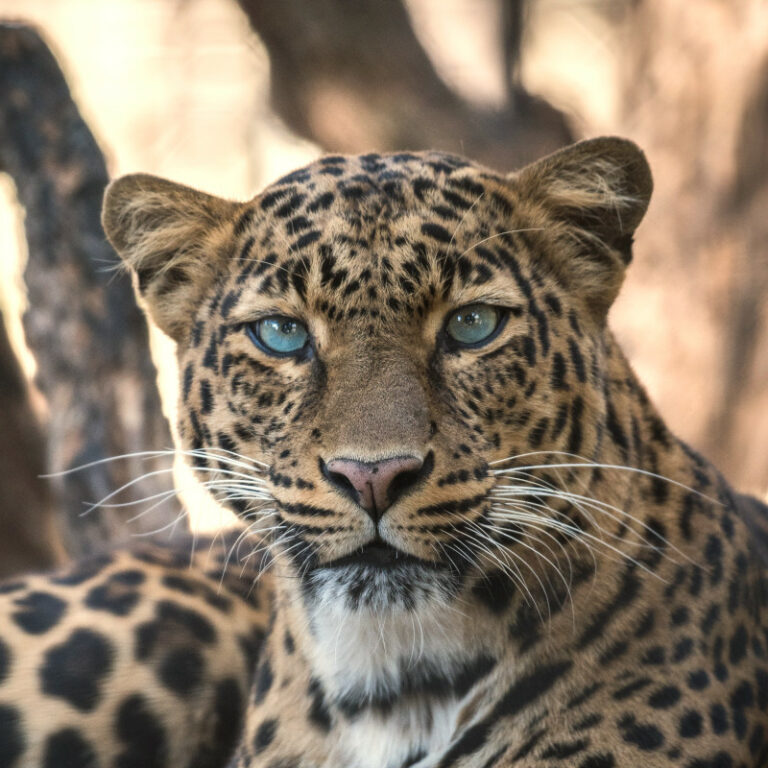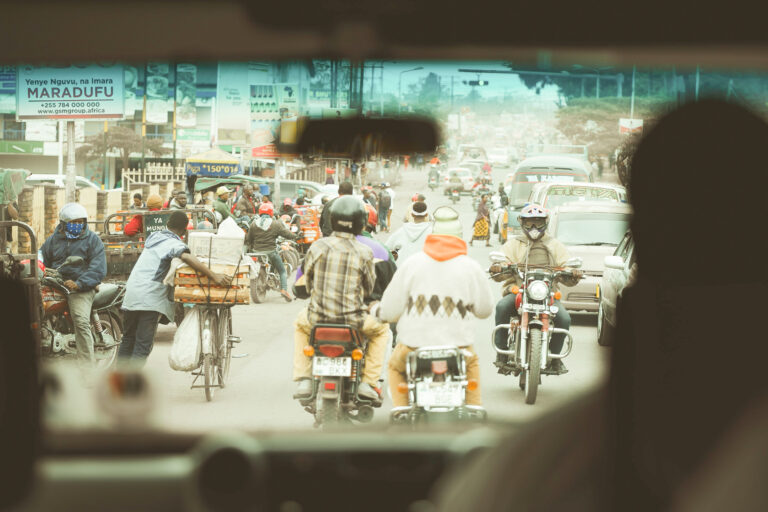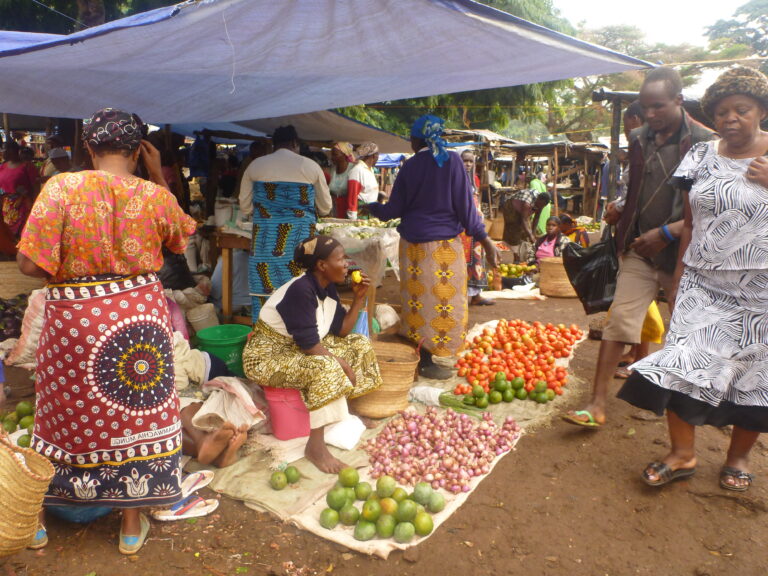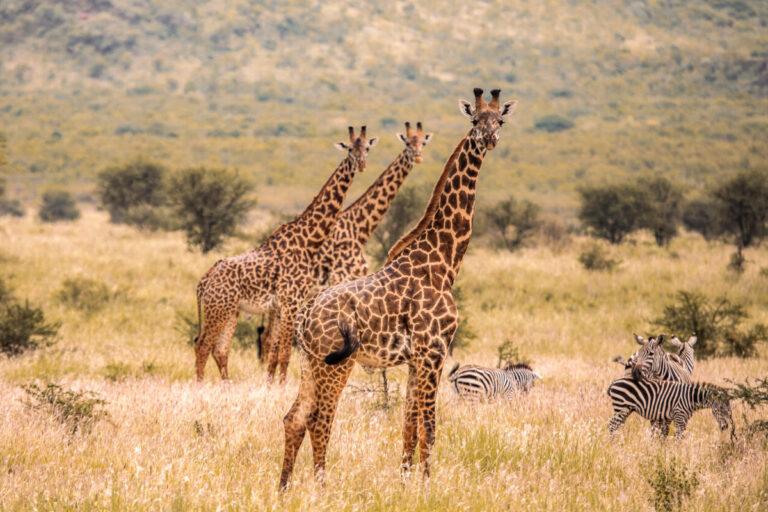Kilimanjaro is a high altitude mountain in Tanzania. There are a number of dangers that must be considered when climbing:
1. Altitude Sickness
Kilimanjaro has an altitude of 5895 meters, altitude sickness can occur. This can cause symptoms such as headaches, nausea, dizziness and breathing problems and can be dangerous if not treated. It is important to acclimatize adequately and watch for signs of altitude sickness when climbing Kilimanjaro.
➔ Tanzaniatrail ensures that all climbers are educated about the dangers and symptoms of altitude sickness, and that professional mountain guides are present to take the necessary action in case of symptoms. The company also provides a carefully planned acclimatization schedule that includes sufficient time to adjust to altitude to minimize the risk of altitude sickness.
2. Weather Conditions
The weather on Kilimanjaro can change rapidly and can be very harsh at times. There are heavy rains, snow, and ice, all of which can lead to slippery conditions. It is important that you prepare for all weather conditions and bring appropriate equipment and clothing.
➔ Tanzaniatrail ensures that all Kilimanjaro climb participants have appropriate equipment and clothing to prepare for all weather conditions. Tanzaniatrail’s guides also have years of experience in guiding climbs and know how to prepare for all kinds of weather conditions.
3. Accidents
As with any mountain climb, there is a risk of accidents on Kilimanjaro, such as falls or injuries from falling rocks. It is important that you stick to safe routes and always be accompanied by professional mountain guides.
➔ Tanzaniatrail ensures that all participants have safe equipment when climbing Kilimanjaro to minimize the risk of accidents. Tanzaniatrail’s mountain guides are also well trained to provide first aid in case of injury.
4. Dehydration
Dehydration may also occur during the climb of Kilimanjaro, especially in hot weather and during strenuous treks. Dehydration can cause dizziness, headaches and exhaustion and can cause serious health problems if not treated.
➔ Tanzaniatrail ensures that all climbers are informed about the dangers of dehydration and that they consume enough fluids to meet their hydration needs. The company also ensures that sufficient drinking water is available and that all routes are carefully planned to minimize the risk of dehydration.
5. Malnutrition
A Kilimanjaro climb requires a lot of physical exertion and it is important that you eat enough to keep fit. Malnutrition can lead to weakness and other health problems.
➔ Tanzaniatrail ensures that all Kilimanjaro climb participants are adequately nourished. High quality meals will be provided to ensure that all participants have enough energy to successfully complete the climb.
6. Frostbite
Temperatures on Kilimanjaro can get very cold during the night and there is a risk of frostbite, especially at the higher altitudes. It is important that you have appropriate clothing and equipment to protect yourself from the cold.
➔ Tanzaniatrail will ensure that all participants have appropriate clothing and equipment to protect themselves from the cold. This includes warm, breathable clothing to retain body heat and gloves, hats and scarves to keep extremities warm. The company also ensures that all participants have the equipment, such as sleeping bags and sleeping pads with adequate protection against the cold.
7. Falling Rocks
During the climb of Kilimanjaro there is also a risk of falling rocks. This can happen when rocks or stones fall from the side of the mountain and hit the climbers. It is important to stick to safe routes and always be accompanied by professional mountain guides to minimize this risk.
➔ Tanzaniatrail ensures that all climbers are accompanied by professional mountain guides and stick to safe routes to minimize the risk of falling rocks.
8. Fatigue and Exhaustion
fatigue and exhaustion may occur during the climb of Kilimanjaro, especially at the higher altitudes and during longer treks. This can cause climbers to lose concentration and move more awkwardly, which in turn can increase the risk of injury.
➔ Tanzaniatrail ensures that all climbers take regular breaks and consume sufficient fluids and food to avoid fatigue and exhaustion. The company also offers options for slower and less strenuous routes to meet climbers’ needs and abilities.
9. Diseases
During the climb of Kilimanjaro, you may also experience diseases such as gastrointestinal infections or malaria.
➔ Tanzaniatrail ensures that all climbers are informed about the dangers of diseases and that they take appropriate preventive measures, such as taking malaria prophylaxis or drinking boiled water. The company also ensures that all climbers have access to medical care if they become ill.
10. Injuries from Animals
While climbing Kilimanjaro, there is also a risk of injury from animals, such as bites from ticks or stings from insects.
➔ Tanzaniatrail ensures that all climbers are informed of the dangers of wildlife and that they take appropriate preventative measures, such as wearing long-sleeved clothing and using insect repellent. The company also ensures that all routes are carefully planned to minimize the risk of wildlife contact.
Conclusion
Kilimanjaro presents a great physical and mental challenge. To prepare well, you should acclimatize sufficiently and bring appropriate equipment and clothing. High altitude mountaineering is a demanding activity. You should be in good physical condition to undertake the adventure. Remember that safety is always the top priority. Therefore, you should always be accompanied by professional mountain guides. Tanzaniatrail offers a range of safety measures to minimize the dangers during the tour. With proper preparation and professional accompaniment, you too can reach the summit and return safely.

